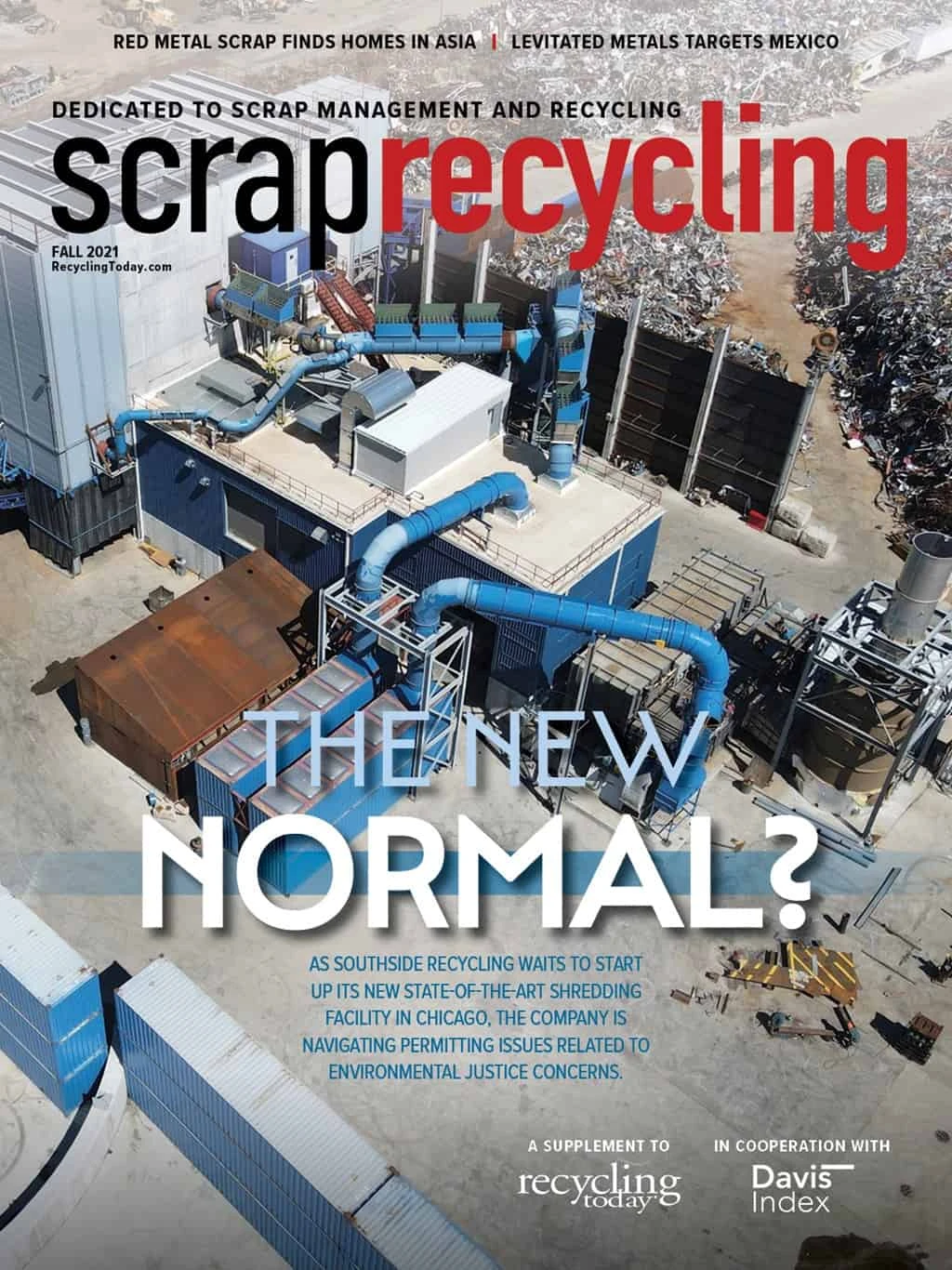Metals recycling has long been somewhat of a quiet industry, with neither collectors, processors nor consumers of scrap metal frequently taking center stage for publicity purposes. Profits, efficiency and environmental benefits have always been there, but not necessarily put in the spotlight.
Circumstances in the 21st century seem to be combining to turn up the volume on metals recycling efforts. Circular product life cycles, energy savings and emissions reductions are being sought by corporations that also want to assure shareholders profitability can be maintained amid these sustainability efforts.
Longtime investors in scrap-fed electric arc furnace (EAF) steelmakers might have accepted the quiet approach, but they are not harmed by the wider acknowledgment that the technology has a bright future.
This August, Chicago-based Zacks Equity Research calculated that someone who invested in the stock of Fort Wayne, Indiana-based steelmaker Steel Dynamics Inc. would have earned a 488 percent return on a $1,000 investment made in August 2011. “In comparison, the S&P 500 gained 285.77 percent, and the price of gold went down by 7.14 percent over the same time frame,” the research firm notes.
“The metals recycling sector is involved in an activity that reduces emissions in a market-efficient manner.”
Benjamin Pickett, Nucor Corp. general manager of public affairs, gave a presentation at this year’s online Institute of Scrap Recycling Industries convention demonstrating how steel’s rising value is tied to the “era of decarbonization.” He said, “Recycled steel is a solution—scrap-based EAFs are proof that economic growth, infrastructure and our nation’s climate goals can coexist.”
Traditional primary metals producers, including United States Steel Corp. and mining firm Rio Tinto, have raised their profile or staked initial claims in scrap-fed production. Reporting a lower carbon emissions score is the stated reason.
On the collection and processing side, an established network of companies prevents discarded metals from becoming roadside trash or earning a reputation as “leaking” into the environment. This has helped the metals sector avoid some of the environmental advocacy confrontations that have hit the plastics industry.
Publicly traded companies and family businesses alike are tied into an effort that is attracting more attention. As shredding plant operators can attest, environmental scrutiny does not recede completely.
Overall, however, the metals recycling sector is involved in an activity that reduces emissions in a market-efficient manner. Investors seem to have noticed.

Explore the Fall 2021 Scrap Recycling Issue
Check out more from this issue and find your next story to read.
Latest from Recycling Today
- Altilium produces EV battery cells using recycled materials
- Brightmark enters subsidiaries of Indiana recycling facility into Chapter 11
- Freepoint Eco-Systems receives $50M loan for plastics recycling facility
- PET thermoform recycling the focus of new NAPCOR white paper
- Steel Dynamics cites favorable conditions in Q1
- Hydro starts up construction in Spain
- Green Cubes unveils forklift battery line
- Rebar association points to trade turmoil





